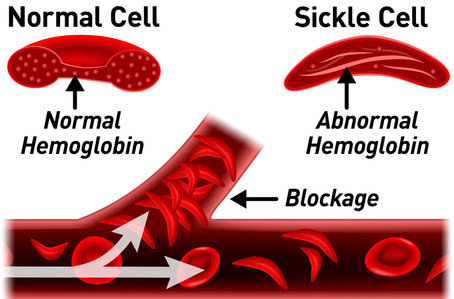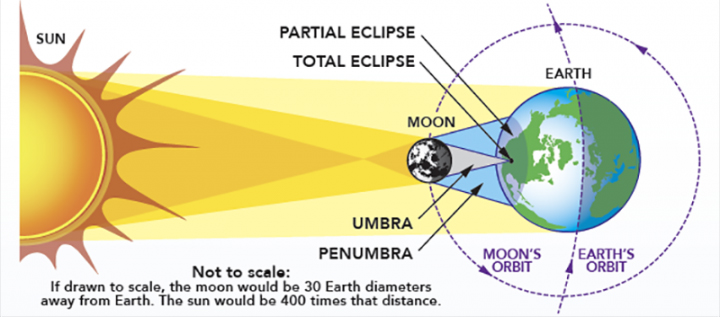- Home
- Prelims
- Mains
- Current Affairs
- Study Materials
- Test Series
Daily Current Affairs | 20th June 2020
Indian and Chinese militaries to take part in Russian Victory Day parade
A tri-service contingent of the Indian armed forces comprising 75 all ranks, led by a colonel rank officer will participate in the Military Parade at Red Square, Moscow on 24th June, 2020 to commemorate the 75th Anniversary of Victory of the Soviet People in the great Patriotic War of 1941-45.

 Depending on the distance of the moon from the earth during the event, different types of solar eclipse can be observed. They can be categorised as –
Depending on the distance of the moon from the earth during the event, different types of solar eclipse can be observed. They can be categorised as –

- Victory Day marks Nazi Germany’s surrender to the Soviet Union in 1945.
- It became the end of the Great Patriotic War for the USSR, which lost about 25 million citizens in the four years of fighting.
- Interestingly, until its 20th anniversary (May 9, 1965), Victory Day was not a major holiday.
- Apart from the anniversaries in 1965 and 1985, Victory Day celebrations in the Soviet Union did not feature a military parade. This tradition started in 1995.
- It is the biggest parade is in Moscow’s Red Square, showcasing Russia’s military forces. Most veterans wear their medals as they head to the parade or an event organised by a local veteran organisation. Another tradition is to give flowers, usually red carnations, to veterans in the street and to lay wreaths at the war memorial sites.
- Sickle cell disease is a group of disorders that affects haemoglobin, the molecule in red blood cells that delivers oxygen to cells throughout the body.
- People with this disorder have a typical haemoglobin molecules called haemoglobin S, which can distort red blood cells into a sickle, or crescent shape.
- Signs and symptoms of sickle cell disease usually begin in early childhood. Characteristic features of this disorder include a low number of red blood cells (anaemia), repeated infections, and periodic episodes of pain. The severity of symptoms varies from person to person. Some people have mild symptoms, while others are frequently hospitalised for more serious complications.

- The signs and symptoms of sickle cell disease are caused by the sickling of red blood cells. When red blood cells sickle, they break down prematurely, which can lead to anaemia.
- Anaemia can cause shortness of breath, fatigue, and delayed growth and development in children.
- The rapid breakdown of red blood cells may also cause yellowing of the eyes and skin, which are signs of jaundice.
- Painful episodes can occur when sickled red blood cells, which are stiff and inflexible, get stuck in small blood vessels. These episodes deprive tissues and organs of oxygen-rich blood and can lead to organ damage, especially in the lungs, kidneys, spleen, and brain.
- A particularly serious complication of sickle cell disease is high blood pressure in the blood vessels that supply the lungs (pulmonary hypertension). Pulmonary hypertension occurs in about one-third of adults with sickle cell disease and can lead to heart failure.
- A solar eclipse occurs when the moon (at the new moon phase) blocks the solar disk partially or completely, leading to a partial, annular, and total solar eclipse, respectively.
- During the eclipse, the shadow of the moon falls on Earth and constitutes a darker region known as umbra and relatively less dark region, penumbra.
- Total solar eclipses are the rarest of the solar eclipses. Even though we have a new moon every month, we do not witness eclipses so often. This is due to the fact that the orbit of the moon is inclined at an angle of around 5˚ with respect to the Earth-Sun plane. This leads to the alignment of the Sun, Moon, and Earth as a rare astronomical phenomenon.
 Depending on the distance of the moon from the earth during the event, different types of solar eclipse can be observed. They can be categorised as –
Depending on the distance of the moon from the earth during the event, different types of solar eclipse can be observed. They can be categorised as –
- Partial – When the Moon does not align completely with the Sun and so only a portion of the sunlight is blocked from reaching the Earth.
- Annular – When the moon covers the Sun but the Sun can be seen around the edges of the Moon giving an impression of the sun is a bright ring surrounding the dark disc of the Moon.
- Total – When the Sun is completely covered by the moon. The sky becomes so dark that it appears to be night. Only a small area on the earth can witness it.
- In the Union Government, the highest ranking civil servant is the Cabinet Secretary.
- He is ex-officio Chairman of the Civil Services Board; the chief of the Indian Administrative Service and head of all civil services under the rules of business of the Government of India.
- He also holds the 11th position in the Order of Precedence of India.
- The position holder is accountable for ensuring that the Civil Service is equipped with the skills and capability to meet the everyday challenges it faces and that civil servants work in a fair and decent environment.
- As per rules, all states should have a civil services board to decide on transfers and postings of the bureaucrats.
- The board is mandated to decide on the transfer of a civil servant before completion of his or her fixed tenure.
- The civil services board is headed by chief secretary of a state and has senior most additional chief secretary or chairman, Board of Revenue, Financial Commissioner or an officer of equivalent rank and status as member.
- In addition, it will have Principal Secretary or Secretary, Department of Personnel in the state government as member secretary.
- To insulate the bureaucracy from political interference and to put an end to frequent transfers of civil servants by political bosses, the Supreme Court had in 2013 directed the Centre and the states to set up a civil services board to consider transfers and postings of bureaucrats among others.
- The Uighur Act of 2019 calls on President Donald Trump to impose sanctions for the first time on a member of China’s powerful politburo.
- The Uighur Bill requires the U.S. President to condemn abuses against Muslims and call for the closure of mass detention camps in the northwestern region of Xinjiang.
- It calls for sanctions against senior Chinese officials who, it says, are responsible.
- Uighur is a predominantly Turkic-speaking ethnic group.
- They are primarily confined in China’s northwestern region of Xinjiang and is one of the largest Muslim group in that region.










 Latest News
Latest News
 General Studies
General Studies